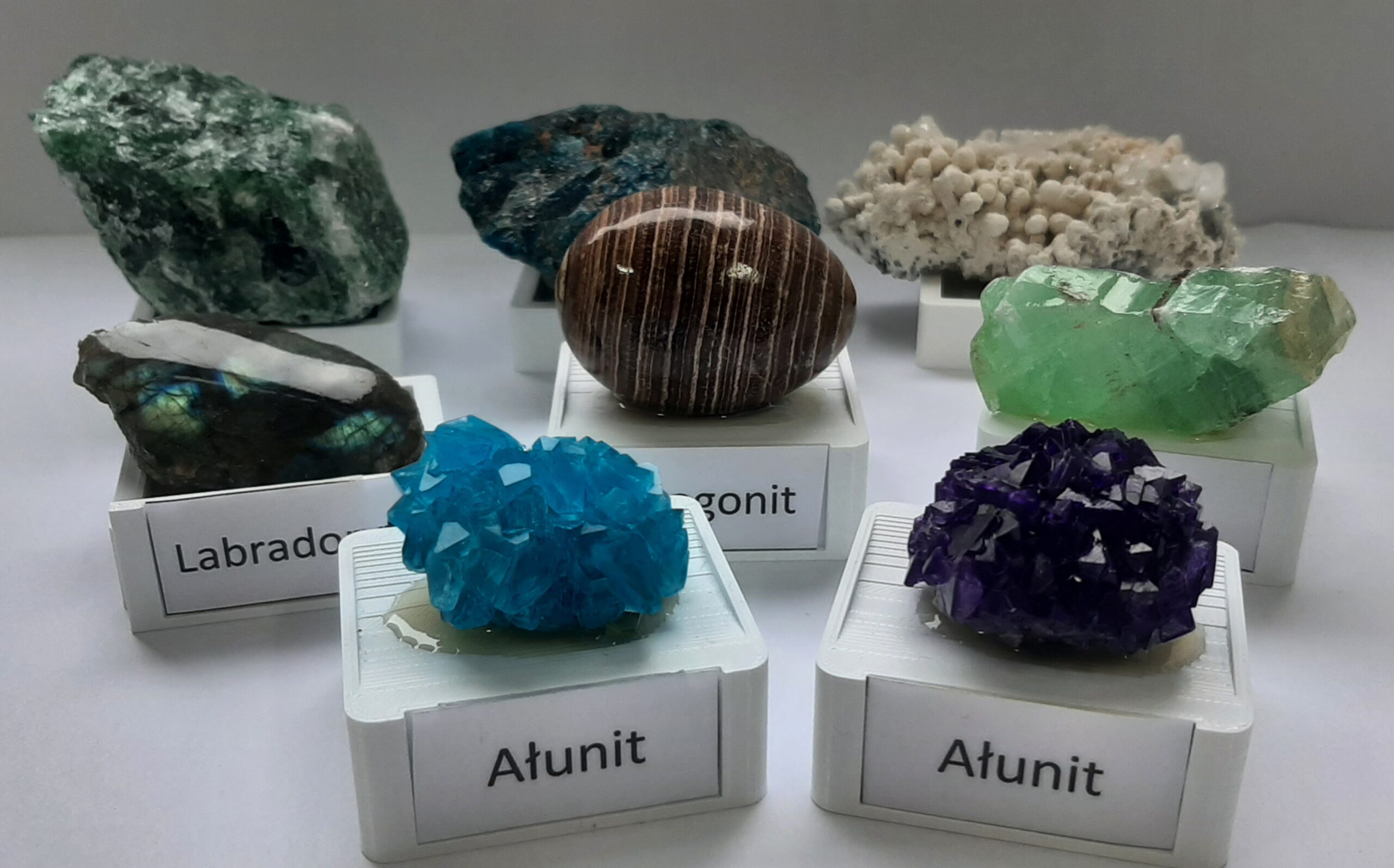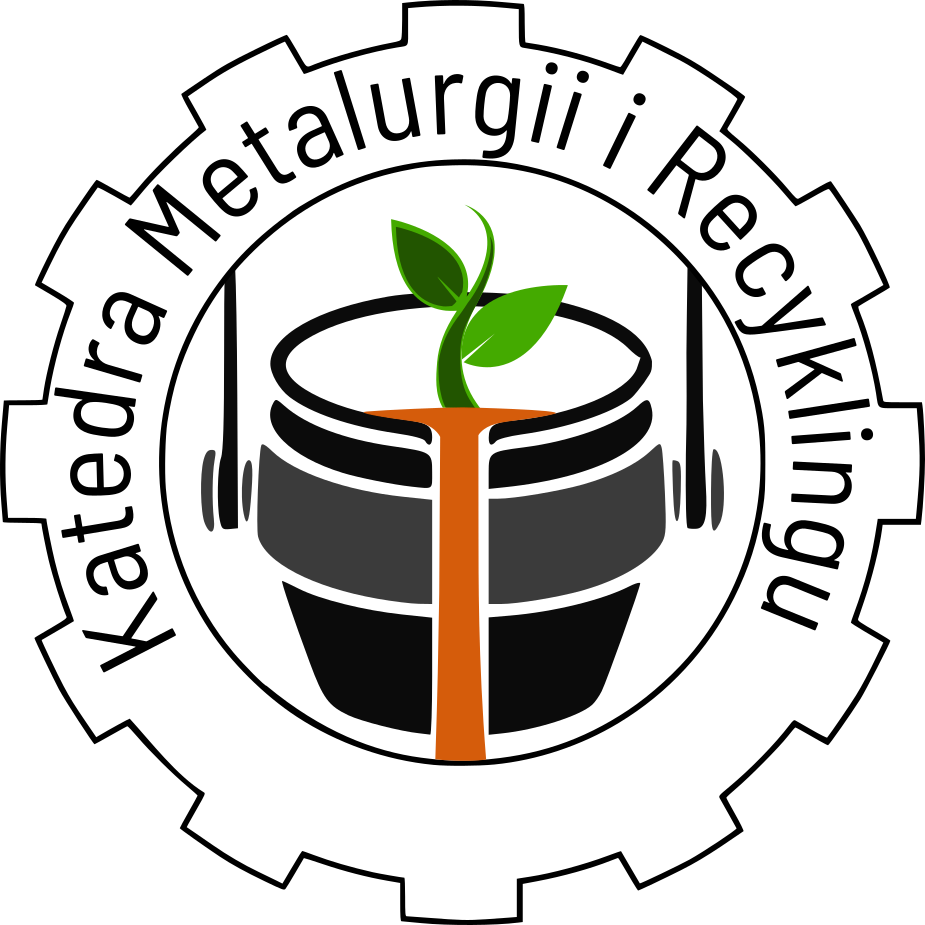
An interactive stand for identifying minerals and light metals in augmented reality
There are only 14 light metals in the periodic table, including titanium. The definition is that these are metals with a density less than 4,5 g/dm3. These metals include popularly known and used magnesium, calcium, lithium, sodium, potassium, aluminum, the aforementioned titanium, but also metals that students may not have encountered so far, such as strontium, barium, scandium, yttrium, cesium, beryllium, rubidium. These are metals for which the demand is increasing year by year, due to their wide application in industry and various fields of life (food, construction, transport, aerospace, pyrotechnics, medicine, etc.). Demand for aluminum, a metal used in everything from food packaging to automotive and aerospace, has skyrocketed during the post-pandemic economic recovery. However, the energy crisis limits the supply, which results in large increases in the price of this metal. The energy crisis entails a revolution in the electric vehicle industry, where lightweight structures are the basis. Smart, lightweight designs can further reduce the weight of future electric vehicles, without compromising their safety and comfort.Magnesium is therefore mainly used as a component of light alloys used in the aviation industry, but also as a material for the construction of nuclear reactors. Magnesium is already used in many industries that take full advantage of the structural properties of lightweight materials (automotive, telecommunications, electronics). The reduced weight has an impact on the consumption of energy (machine parts), fuel (transport) or in portable devices (laptops, mobile phones). For the last electronic gadgets, without which we cannot imagine life, lithium is necessary. Lithium is currently a key metal used in the production of long-life, short-charge lithium-ion batteries and lithium batteries. The demand for lithium continues to increase. Enterprises around the world outdo each other in obtaining this metal, and its consumption is increasing year by year, thanks to the increased production of mobile devices and electric vehicles. Titanium is also a very important light metal, its alloys are used in the aviation, military, automotive and medical industries, in the jewelry industry, in biomedical engineering, in the production of products used in extreme sports, including mountaineering or sailing equipment. These are just a few applications of selected light metals, the rest of them also perform very important functions in industrial applications or in everyday life.
The main assumption of the project was to develop, design and build a modern interactive didactic station for transferring knowledge in the field of mineralogy, equipped with an IT infrastructure. This station, apart from the advantages of direct contact of the student with the discussed mineralogical material, has been equipped with modern IT tools that significantly enrich its functionality with augmented reality. The stand is in the form of a display case with individual minerals and light metals as exhibits.
In addition, on the pages:
for Polish version: https://pblmetale.polsl.pl/pbl/pl.html
for English version: https://pblmetale.polsl.pl/pbl/eng.html
you can learn more about selected minerals and light metals.
This project was carried out as part of the PBL project "Interactive position for identifying minerals and light metals in augmented reality"
Made by students:
| Supervisors:
|
The project was supported by students and PhD students from the Faculty of Materials Science and Technology Technical University of Ostrava (VSB) under the supervision of prof. eng. Tkadleckova markets.









